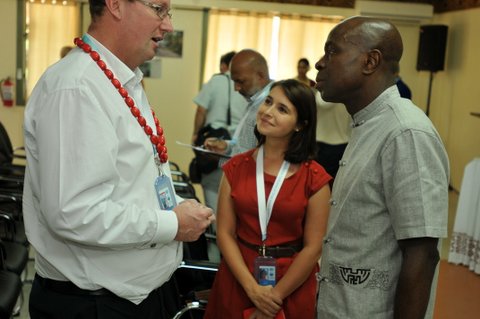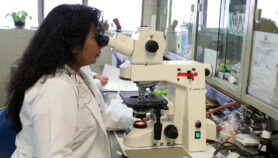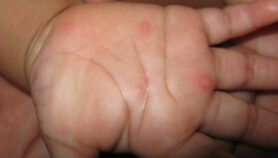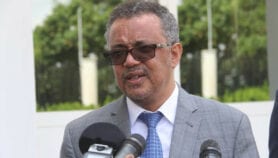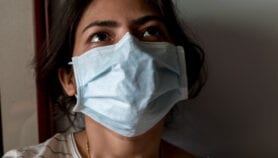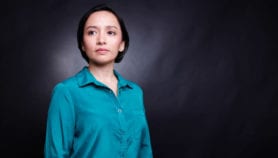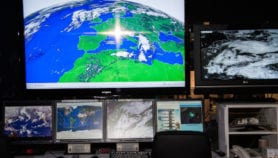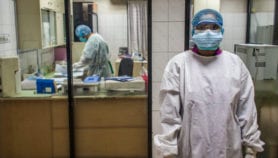By: Fatima Arkin
Send to a friend
The details you provide on this page will not be used to send unsolicited email, and will not be sold to a 3rd party. See privacy policy.
[MANILA] Four days of meetings, 21 heads of state and government, 97 ministers, 300 partnerships — but only four international media outfits.
Those were the statistics that came out of the Third International Conference on Small Island Developing States (SIDS) held in Samoa on 1-4 September, eliciting dismay and frustration among several participants who questioned what the lack of media attention meant for progress in the Pacific.
Some 100 journalists were accredited to cover the event in Samoa, the largest conference ever held in the Pacific. Organisers could not say with certainty how many of the 100 attended at all other than those who attended came mostly from the small island states. Correspondents from Television New Zealand (TVNZ), Radio New Zealand, Tokyo-based Kyodo News, and Al Jazeera English represented the only mainstream international media outlets.
“International media presence at SIDS was extremely disappointing,” Patrick Fuller, a communications manager for the International Federation of the Red Cross, tells SciDev.Net.
“We are at a major crossroads in the development agenda, which now sees climate change as a holistic issue alongside disaster risk reduction and advances in science and technology. Consistent media attention around these issues is important. It can galvanise decision-making around funding or policy and it can hold governments and institutions to account for their actions and inactivity,” says Fuller.
Sean Dorney, a former Pacific correspondent for the Australian Broadcasting Corporation (ABC), notes the implications of lacklustre international media presence: “Getting access to funding that’s been committed is already one of the toughest challenges for Pacific island states.”
Dorney highlighted this issue in several articles he filed for ABC over the last 40 years. He intended to go to the SIDS conference, he says, but the plan didn’t worked out due to budget cuts.
Australian bigwigs like senator Brett Mason, who is also parliamentary secretary to the minister of foreign affairs, flew to Samoa and yet no Australian journalist covered the conference — a fact that did not go unnoticed.
“Gobsmacked to find not a single New Zealand or Australian broadsheet or broadcast journo save TVNZ,” tweeted Al Jazeera’s Veronica Pedrosa, moderator of the SIDS conference. (Radio New Zealand later showed up.)
Deborah Steele, head of the ABC’s Asia Pacific News Centre, tells SciDev.Net that their Auckland correspondent was supposed to go had it not been for interview commitments.
ABC, along with several international media such as the BBC, filed stories on the conference from abroad. But having a team on the ground, says Fuller, would have ensured that the event was covered in more detail and given more exposure.
For Dorney, the poor international media turnout at the SIDS conference reflects mainstream media’s general lack of interest in the Pacific. He has rarely seen any European or North American journalists on the ground while only one Australian journalist remains based in Papua New Guinea.
Dorney cautions about what effect minimal media attention could have on achieving sustainable development in the Pacific.
“It means that the small island developing states have to go it alone without any public support from a woefully ill-informed public in the West — something that frustrates these states,” he notes.
This article has been produced by SciDev.Net's South-East Asia & Pacific desk.


